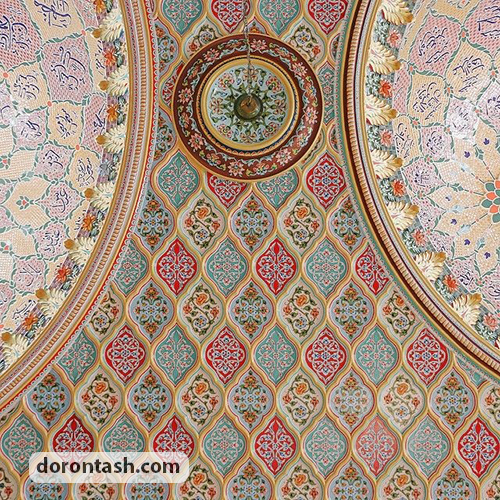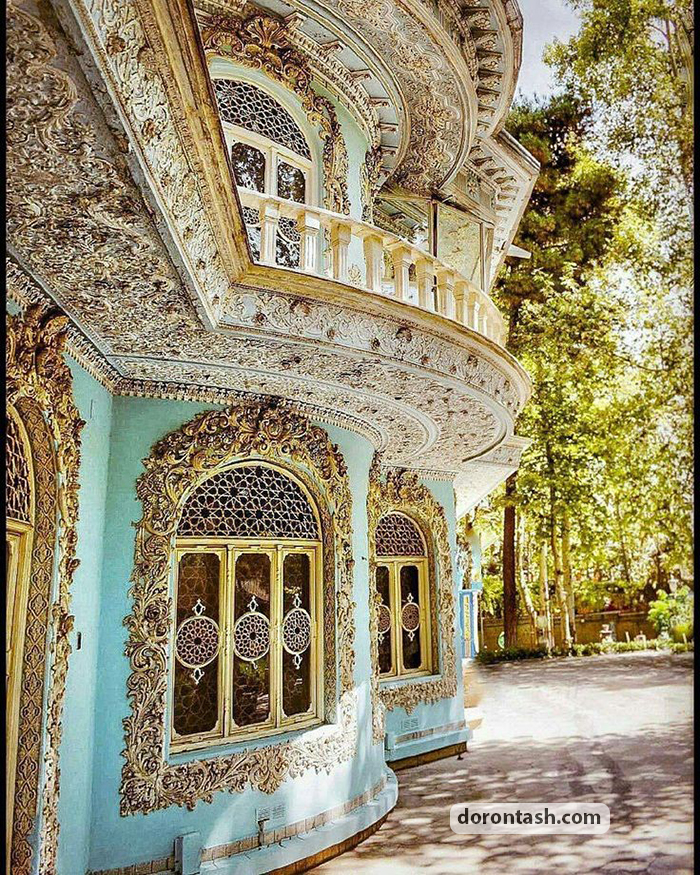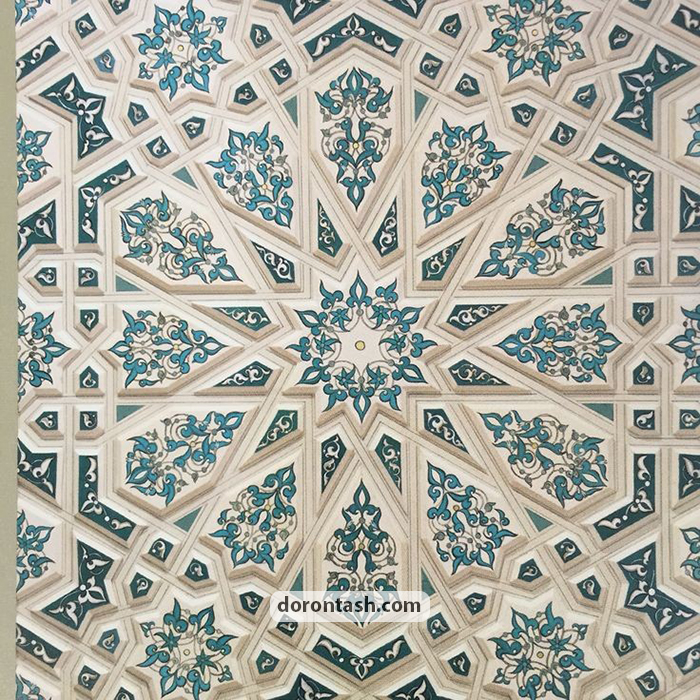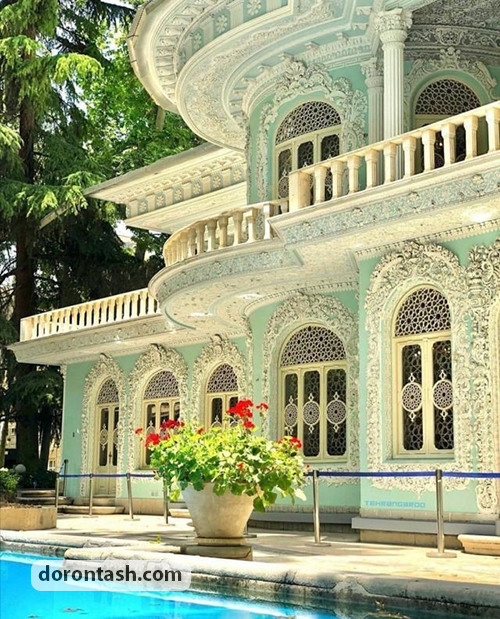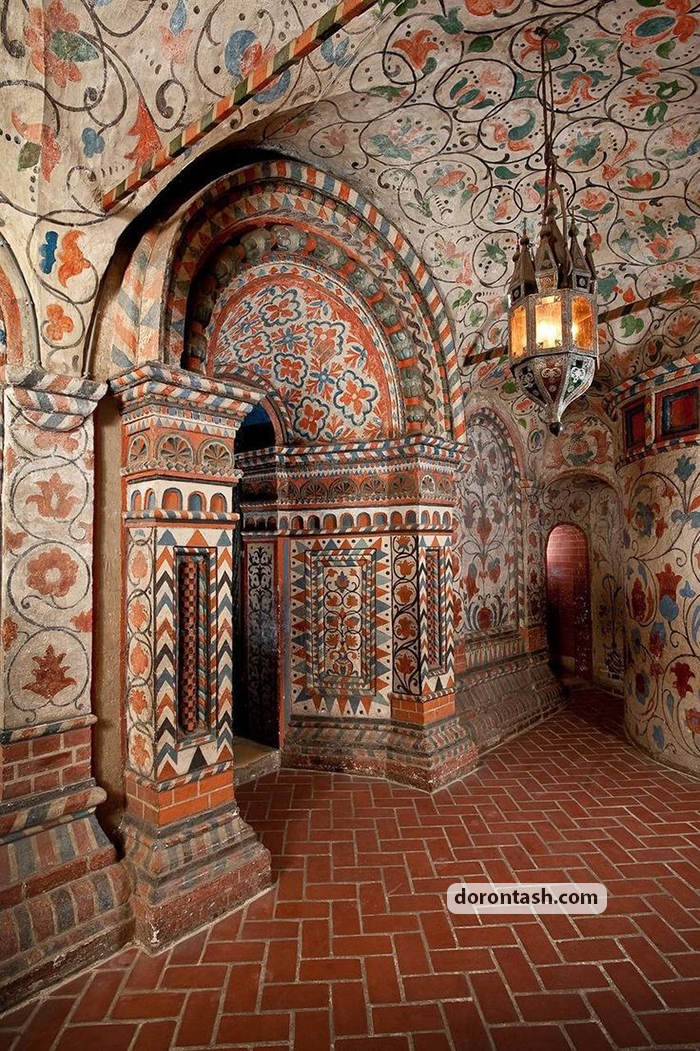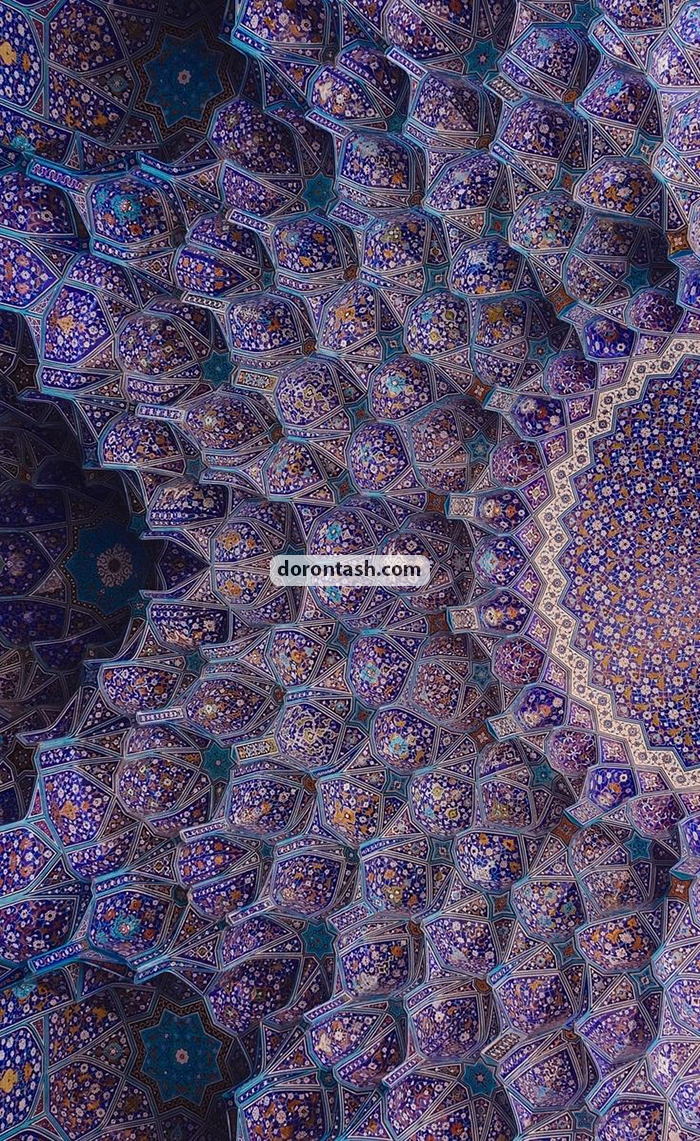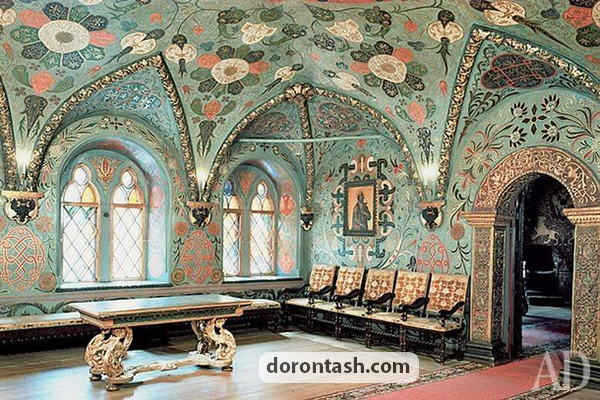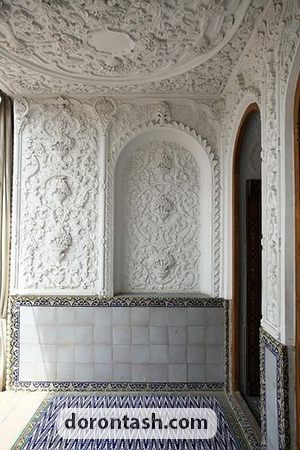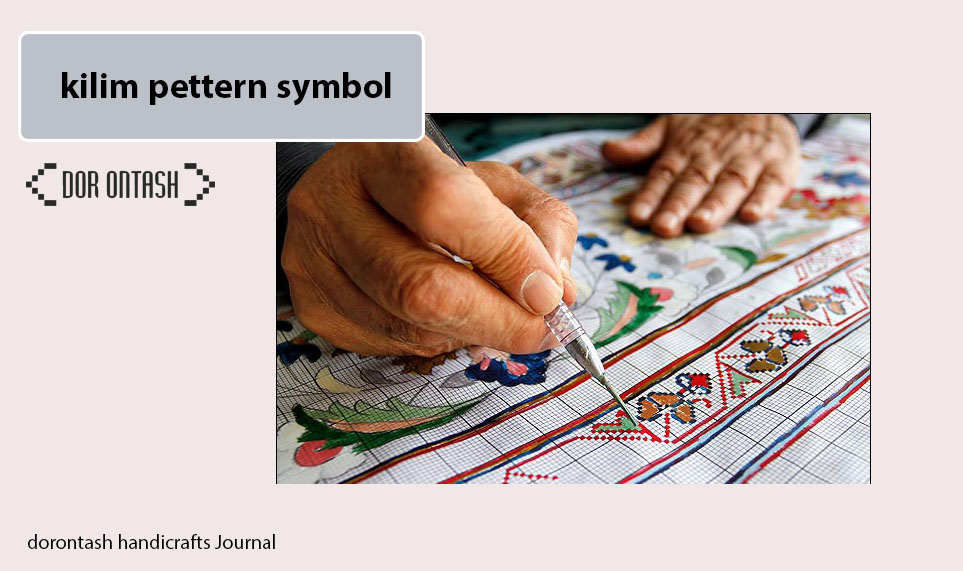What is plastering?
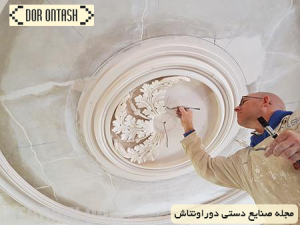
plastering art is one of the arts related to architecture, which has its own form and style in each region and each time period. As the name of this art shows, the main material used in this art is plaster.
There are many arts in architecture, one of them is the art of stucco and it is the only art that has existed in every part of the world since long time ago, only its form and method have been different. Plaster is one of the most important materials used in the art of plastering.
video of plastering art
Dorontash’s suggestion: iran handicrafts
The art of plastering has existed not only in other countries but also in Iran itself in different periods, and its method and form have been different in each period. The reason why plaster was used for decorative arts is its formability and adhesiveness and its favorable color, and plaster is widely used in architectural art for interior and exterior decoration design.
Traditional plastering
The art of plastering in the Seljuk period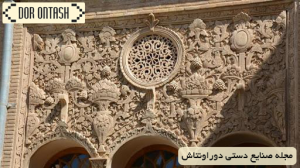
The art of plastering in the Ilkhanid period
The art of plastering in the Timurid period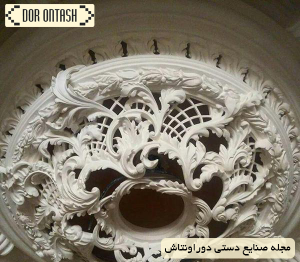
The art of plastering in the Safavid period
The art of plastering in the Zandiye period
The art of plastering in the Qajar period
ready plastering

The benefits of using this art
Disadvantages of using ready plaster
ceiling plastering
Modern plastering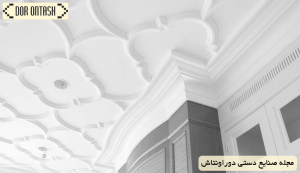
Types of plastering

Types of plastering in the building
Plaster with relief
plaster of Paris
rough plaster
Plaster of spots or clumps
Pate plaster
Lattice plaster
Layered plastering
Killing Plaster
Gypsum seeds
Hand plastered art
Hand plastering as the name suggests. Plasterer’s handiwork and art. In manual plastering, wall plastering, ceiling plastering, and column plastering are done by hand. A plasterer or plasterer first mixes a mixture of water and plaster with a precise ratio to obtain a paste. Then he shapes it by hand and uses different tools to carve and engrave on plaster.
Carving on plaster should not take much time, because if the plaster hardens, it is no longer possible to make patterns on it. Also, low-quality plaster spoils the final result of the work. Due to the time and effort of the plasterer, manual plastering is more expensive than modern plastering and prefabricated plastering.
dorontash’s suggestion: All kinds of Iranian handicrafts
The price of building plastering and plastering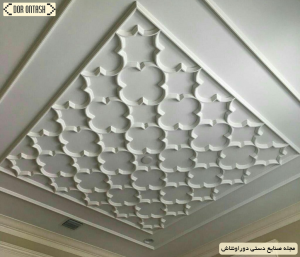
Usually, in a plastering project, after determining the general dimensions of the project and the description of the project, the price for the master plasterer is agreed upon between the employer and the contractor. And the price of a project with a specific specification may be priced at several different prices by several masters. Of course, the offered price is different depending on the skill of the plasterer. Also, not all of its master workers have sufficient mastery to implement any project.
The art of plastering and the history of plastering in Iran

Whitewash with plaster, which evolved during the Parthian period, was the first covering of clay walls in order to protect these walls from moisture damage. But at the same time, it also had a decorative effect, because it reduces the ugliness of mud walls, and it was very effective and useful especially in the ornamentation of brick and stone walls that were common in the later period, namely the Sassanid period.
Another reason for the popularity of plastering in the arts related to Iranian architecture was that plastering was cheap and easy to work with, and on the other hand, time, energy and money were saved. followed (that is, the Parthian and Sassanid periods), the use of plaster decorations in the interior and exterior of buildings became very popular, and this tradition was contrary to the tradition of the previous period and the Persian style (architectural style of the Median and Achaemenid periods), which consisted of sculptures and reliefs and or glazed bricks were used to decorate the building.
The delicate designs and precise bright shadows created in the art of plastering were very much noticed by Iranians, so that after converting to Islam, the art of plastering was also used during the Seljuq (Razi style) and Ilkhanate and Timurid periods (Azeri style). It was resumed and as an example of Al-Jayto altar in Jame Mosque of Isfahan, it has been called the pinnacle of plastering during Islamic Iran.
According to Professor Pope: Iranians have brought the style and techniques of plastering to such an elegance and variety that no other nation can match them in the use of this material.
The course of Iran’s plaster art
It was only the Iranians who brought plaster to the base of one of the fine arts and added mesh plaster to its simple form. Perhaps the most famous example of mesh plasterwork can be found on the sixth floor of Ali Qapu located in Naqsh Jahan Square. It is called the Hall of Musicians and the Iranian artist was able to create a kind of acoustic room for music by using the correct and precise and delicate mesh plasterwork.
In the pre-Islamic period, the art of plastering has a fascinating beauty. Various and complex designs, which were often decorated with various bright colors, were a magnificent sight in the eyes of the beholder at that time. Of course, the disjointed ruins that remain from the plastered palaces of the Sassanid period and the early Islamic era cannot show that original glory.
The experience gained from decorating clay dishes helped plaster masters a lot. These dishes had practical utility and were used to cool water in the summer, but they were also luxurious and rich families decorated them with various designs of carving and relief. The designers used the experience they had learned in the evolution of this art, that is, decorating with a single simple material, for the progress of stucco in architecture.
Most of the motifs used in stucco art are decorative and completely abstract, and they rarely show realism. In the Sasanian era plasters, animal motifs, which in a special, precise and surprising way have the appearance of abstract painting, you can see the shapes of boars, peacocks and gazelles, and you can see the skill of the master plasterer, and from the traces of the art of stonemasonry and He also saw the experiences resulting from it in these motifs.
The use of human statues in the form of stucco can be seen in pre-Islamic art, especially in the Parthian period. During the Parthian period, human heads were used in architectural decorations, most of which can be seen in the stone palaces located in Hetra, where this role was used in the decorations of the arches, and how they were used in later periods, in the Roman architectural style. And French Gothic was imitated. This form was initially just an allegory. Busts found in the Kish area (a city in Mesopotamia) wearing crowns that can be used to determine their royal status. But in these motifs, no simulating element is used in the face and it is not known to be important. Here, the king is the only manifestation of power, character and executor of sacred duties and is not a specific person.
In the next period, i.e. the Sassanid period, although the influence of Greek, Roman and Byzantine art intensified and as a result, realistic views had to increase, but this realism was only manifested in artistic subjects and not in the form of performing works. Explaining that in Sasanian art, including plasterwork and relief, the subject may be the historical reality and the recording of an important event, but in the payment of proportions and decorations, symbolic viewpoints are still preserved.
Unfortunately, due to the prohibition of the art of sculpture in the Islamic era, although the art of plastering was not destroyed, it was greatly weakened and stopped developing. Many of the plaster works of the Sassanid era were broken and corroded, and in terms of the art of sculpting and sculpting, they looked low and ugly.
The only thing that survived from the plaster art can be found inside the palaces. The art of stucco was continuously traced in the decorations of Iranian palaces from the Sassanid era to the modern era. The rows of hollow niches, like those seen in the palaces of the Caliphs in Samaria, and the plaster patterns on the walls, like those found by the Russians in the Seljuk palaces, or in the excavations carried out by the Metropolitan Museum in Neyshabur, all show signs of decoration. My abstraction and simplicity is a sign of the perfection and beauty of art in these periods.
The plastering art of the Islamic era was able to open its way by relying on abstract and geometric motifs in Islamic art, so that unique examples of Islamic plastering art can be well seen in mosques, especially in the altars. As an example, the mihrab of Shiraz Grand Mosque, Bastam Jame Mosque and Saveh Maidan Mosque contain examples of the best Islamic stucco art.
the photos of plastering art
